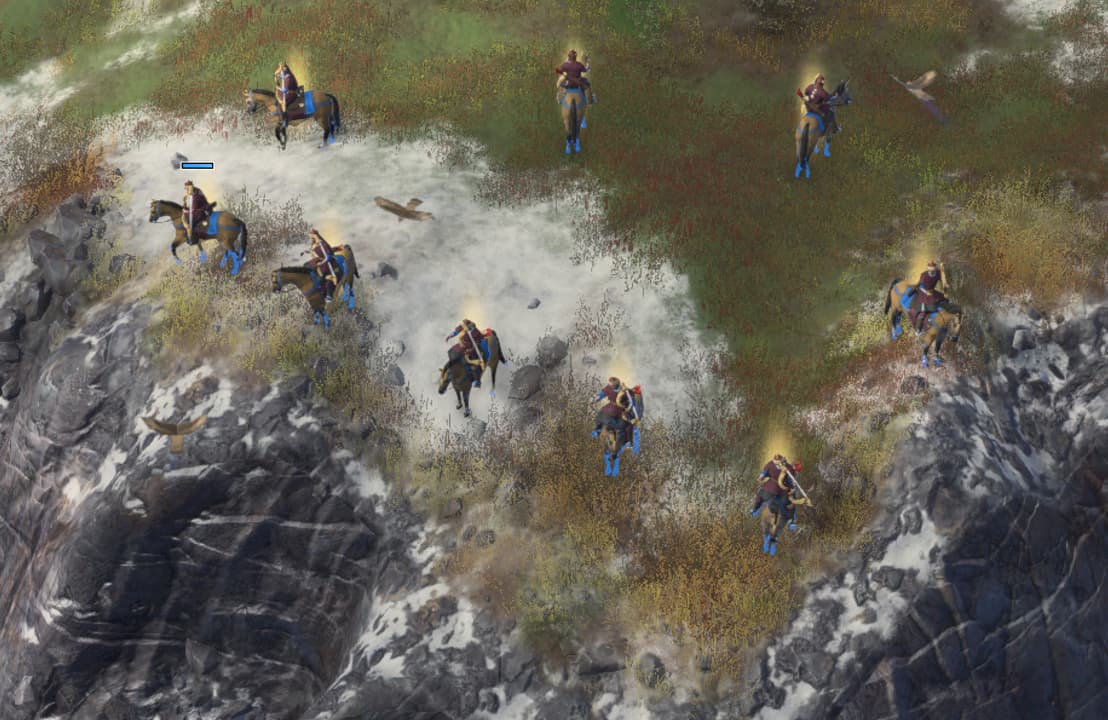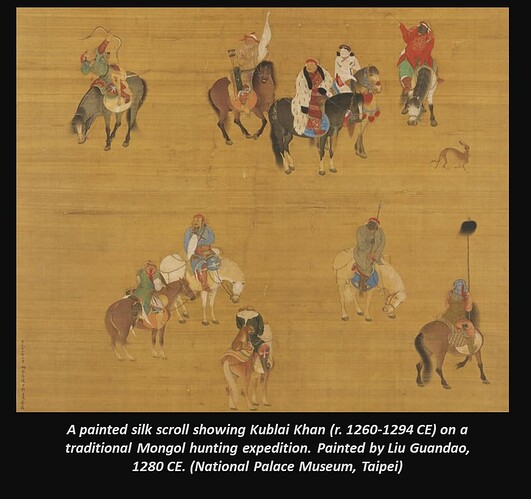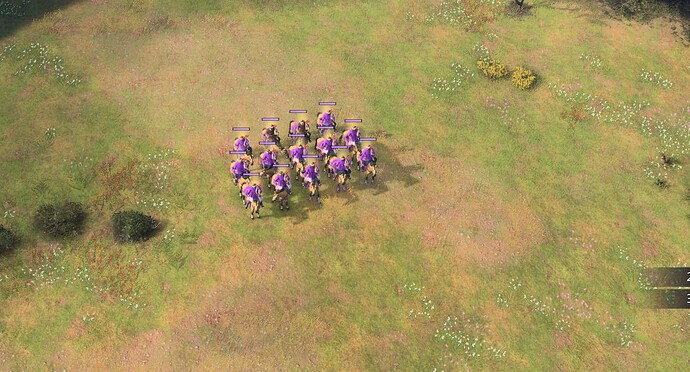Khan Hunter - Historical Representation [August 2024]
Hello my pals:
I’m making this post to talk, not about the technical part of the patch, but about the Historical Representation that the new unique units, mechanics and unique technologies added to the game at the recent patch 11.1.1201.
Are they well represented or not?
So let’s find out:
Khan Hunter
Support Horse Archer, available for building the Deer Stones Landmark in the Feudal Age. Has the passive skill: “Khan Hunter Aura”, which increases the range of ranged units, especially horse archers. Also can summon a hawk to explore an area for a short time.
- HP: 75 / 90 /110, Atk: 4 /5 /6, Rof:, Speed:1.56, Range: 4.25
- Khan Hunter Aura: Increases range of nearby ranged units by +0.5/ 0.75/ 1.00 depending on age (II, III, IV) and +0.5 extra to ranged cavalry.
History: Although the Mongols were a nomadic transhumant culture (cows, sheep, goats, etc.), they also depended heavily on hunting; even more so in the frozen lands of Mongolia, where during the winter, grazing is difficult, and it is preferred to keep the animals in the shed than to sacrifice them.
Hunting was not a sport, it was a matter of life or death, so even soldiers were employed in well-synchronized formations to be able to obtain the greatest amount of prey from the forest. >
When the Mongol hordes united under one Great Khan, the practice of Nerge arose, which consisted of the entire horde agreeing to carry out hunting practices in a certain area, and following specific formations.It is said that in one of these formations, thousands of hunting dogs were sent to seek and scare away the animals in the forest, and later, on the other side of the forest, a line of several thousand horsemen was ready to capture the scattered and tired prey, with hunting arrows, or with clubs.
This practice also had the function of improving the military skills of the army in times of peace, since the best hunters were rewarded by the Khan himself or could rise in rank in the horde. Otherwise, for the officers or khans who let a large number of animals escape in their determined hunting area or had poor results, various physical punishments or demotions awaited them.
Nothing was wasted from the hunted animals: Their bones could be used as bow frame, musical instruments or carving, sinew for bowstrings, the skin for clothing and as yurt walls, the meat for food, and certain offal for shamanic rituals.
Animals hunted in the medieval period included hares, deer, antelopes, wild boars, wild oxen, marmots, wolves, foxes, rabbits, wild asses, Siberian tigers, lions, and many wild birds, including swans and cranes (using snares and falconry).
Even once settled in the Chinese khanate of the Tang Dynasty, the Mongols dedicated “Reserve Areas” to continue practicing Nerge. One of these hunting grounds was north of the Mongol capital, Xanadu, and was also used for falconry (hunting with eagles) and to keep herds of white mares and special cows whose milk was reserved for the khans and those who had that privilege.
Opinion.- It’s a good idea based on the fact that the Landmark “Deer Stones” represents the Mongol period before they began the conquest of China, and has a carved deer on top. Nerge was a Mongol tradition, and the best hunters could provide experience to younger recruits, so increasing the range of other ranged units makes sense. Also, the fact that it can summon an alcohol represents well the use of falconry in hunting.
On a gameplay level, it allows for a greater difference between Feudal Landmarks, when choosing between upgrading horse archers until Late Game, or preferring to take advantage of the economic bonus of the market earlier. Before the patch, both Landmarks gave an economic advantage, but the market one was much more optimal.
Sources:



